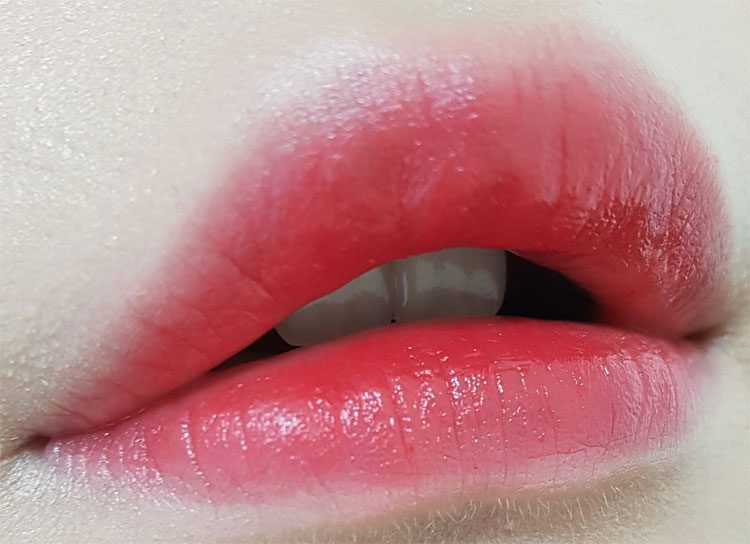The lips are one of the most sensual and alluring features of the human body. Not only are they a prominent aspect of our faces, but they also serve many purposes in our daily lives.
Imagine for a moment, what if your lips disappeared one day? How would you eat to survive? How could you smile or communicate to build relationships? Life would undoubtedly be much more challenging. Lips are not only a symbol of beauty but also a powerful tool for expressing emotions, and sometimes they help you vent your frustrations quite quickly.
While we are familiar with our lips, have you ever wondered why the color of the lips differs from that of other skin areas? Why do they have a reddish hue? Why are they so soft? Why are they the place for kisses? Let’s explore deeper into the science of our lips with Science ABC.

Why do the skin areas of the lips have a reddish hue?
Why do lips have a reddish hue?
The skin of the lips is different from the rest of our body. This can be explained by the fact that it is thinner than other skin areas. Skin is typically made up of three distinct layers: the epidermis, dermis, and subcutaneous layer. The epidermis is the outermost layer that we can see and touch, consisting of dead cells that protect us from toxins and bacteria while helping to prevent the loss of essential fluids.
The main structure of the dermis consists of collagen fibers, elastic fibers, and connective tissues that keep our skin healthy, flexible, and youthful. The dermis plays a crucial role in protecting the body from external factors as well as nourishing the outermost skin layer. The innermost layer, the subcutaneous layer, is where the body generates energy, acting as a cushion and insulator. Melanocytes—cells that produce melanin (the pigment responsible for our skin color when exposed to sunlight)—have been found in the epidermis.
However, the skin of the lips lacks melanocytes, which means there is no melanin to create skin pigmentation. Furthermore, the lips are rich in blood vessels, and with the epidermis of the lips being extremely thin, the reddish color of the blood is clearly visible. This is why the bright red color of blood gets transformed into the pink hue of our lips (the color of blood vessels passing through the three layers constituting the lips).

Structure of the lip skin.
Why are lips so soft?
The epidermis, as mentioned, serves its protective function and is the hardest part among the three components that make up the lips. Since the epidermis in the lip area is very thin, it is clear that lip skin will be softer than other areas with thicker epidermis.
Additionally, the skin of the lips lacks hair follicles. Hair follicles are present in all skin areas of the body except the palms of the hands and soles of the feet. Hair follicles play an important role in protecting the integrity of the body and contribute to the skin’s “toughness.” Therefore, since the lip skin lacks hair follicles, it is naturally softer and more susceptible to damage than other skin areas.
Another factor that makes lips vulnerable is the absence of sebaceous glands. These glands are responsible for keeping the skin moisturized, but they are absent in the lips. The only source of moisture for the lip skin comes from saliva. This is why we often experience chapped lips during dry weather if they are not properly and adequately moisturized.
Why do we often use lips to kiss? And why are lip kisses so sweet?

With a thin epidermis, stimuli on the lips easily evoke strong emotions.
Similar to the tips of our fingers, lips have a higher concentration of nerve endings than other areas of the body. Coupled with the delicate epidermis, stimuli on human lips easily evoke strong emotions. Thus, when expressing affection for someone, people often use their lips to kiss, providing a way for the other person to feel their emotions more clearly. And receiving a kiss on the lips, due to the fragility of the lip skin and dense nerve endings, creates a sweet, euphoric sensation.
The lips are a marvel of the human body. The color of human lips distinctly separates them from other skin areas, clearly defining their shape. The shape of the lips is surrounded by the lip border—which serves as the boundary separating them from other skin areas. The lips of animals typically do not have such a distinction from other skin areas. It is evident that our lips have evolved to adapt to an increasingly modern lifestyle. However, no one can be certain about the reasons behind this unique evolution. This remains a mystery that requires further investigation.


















































